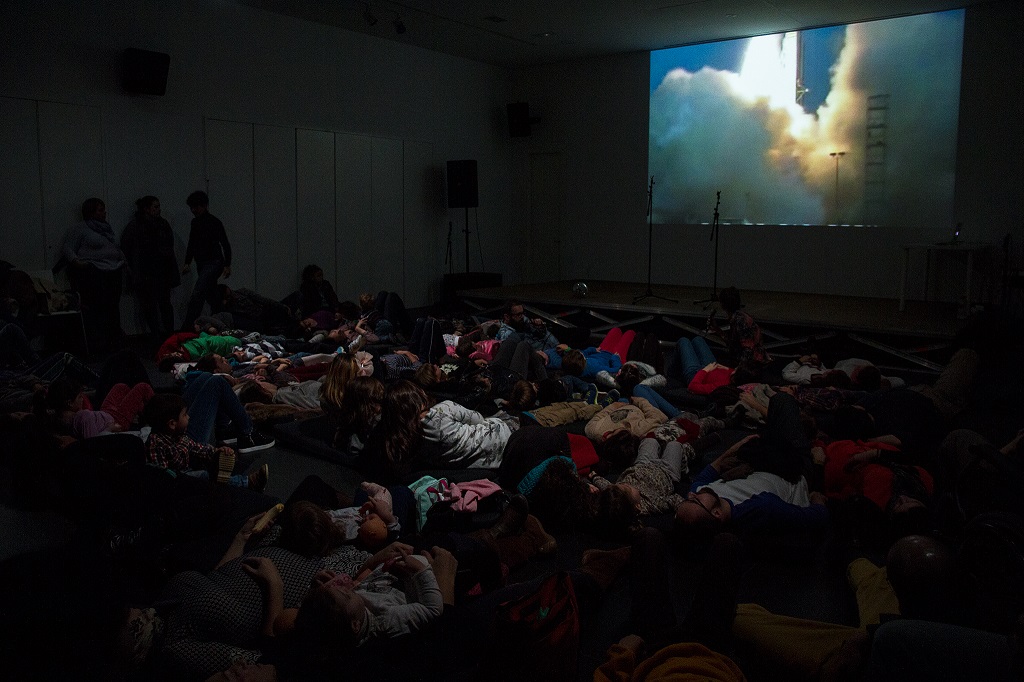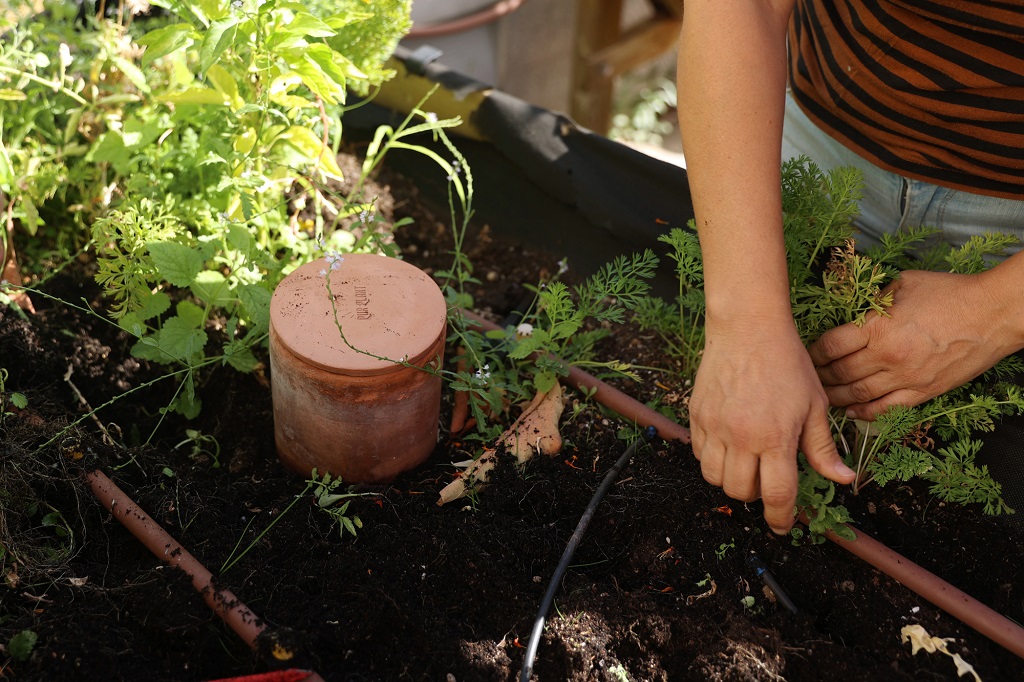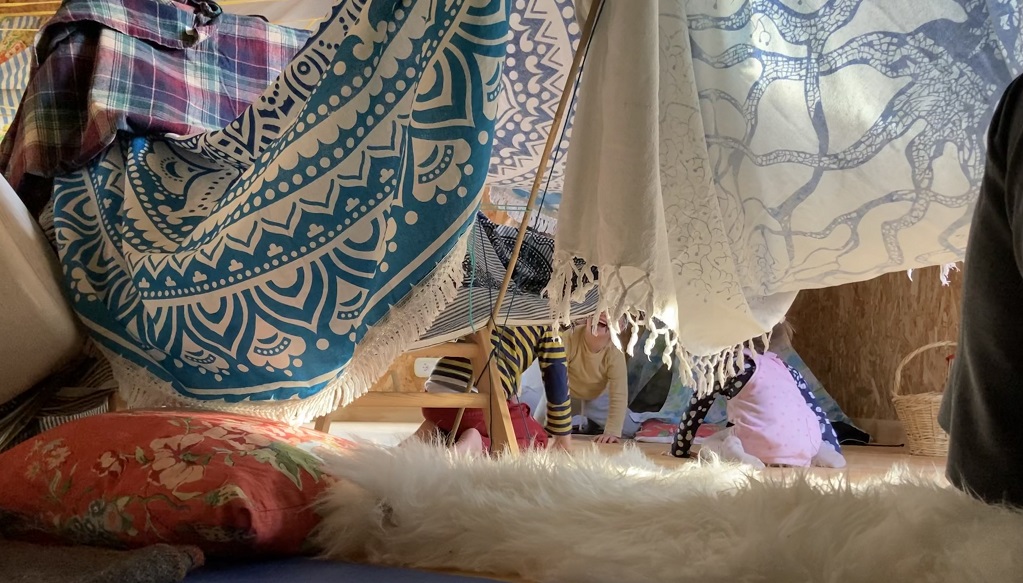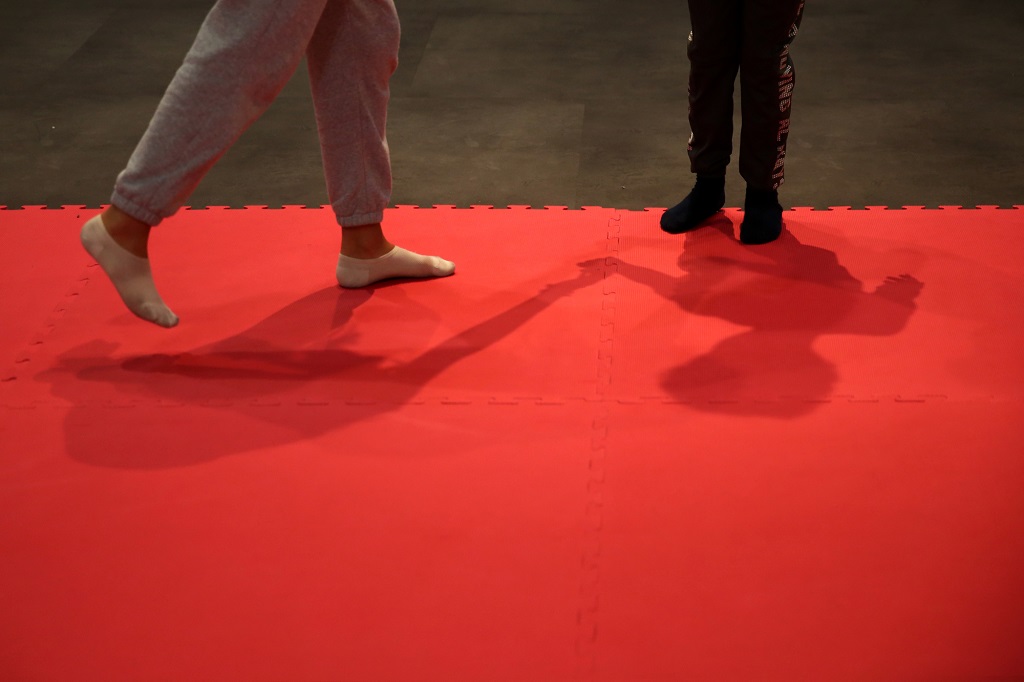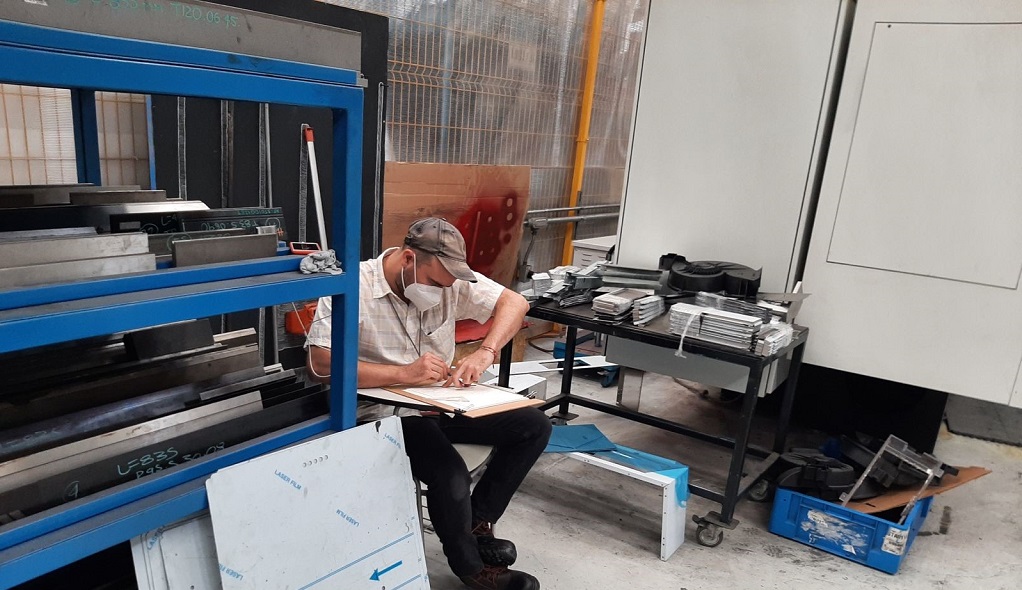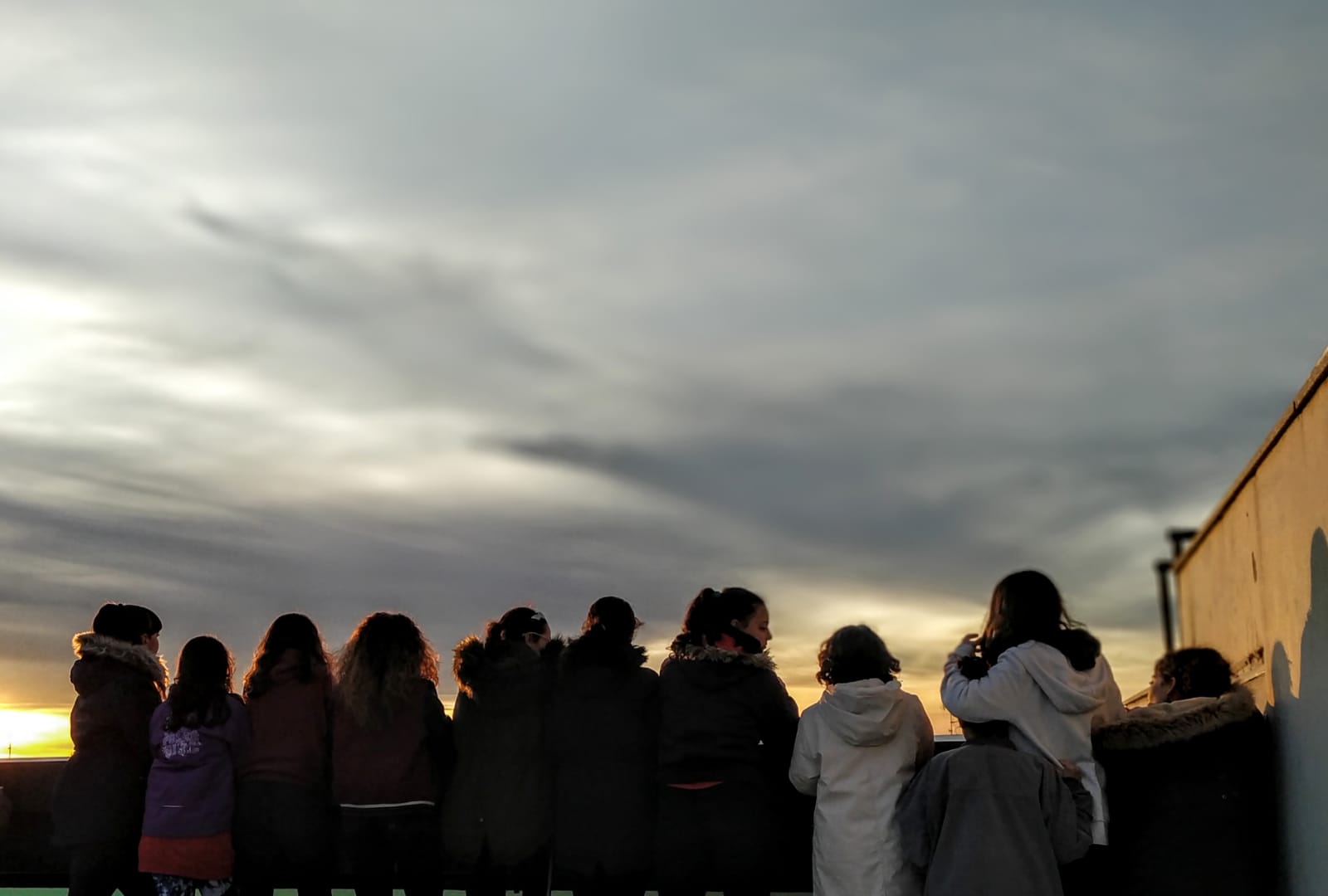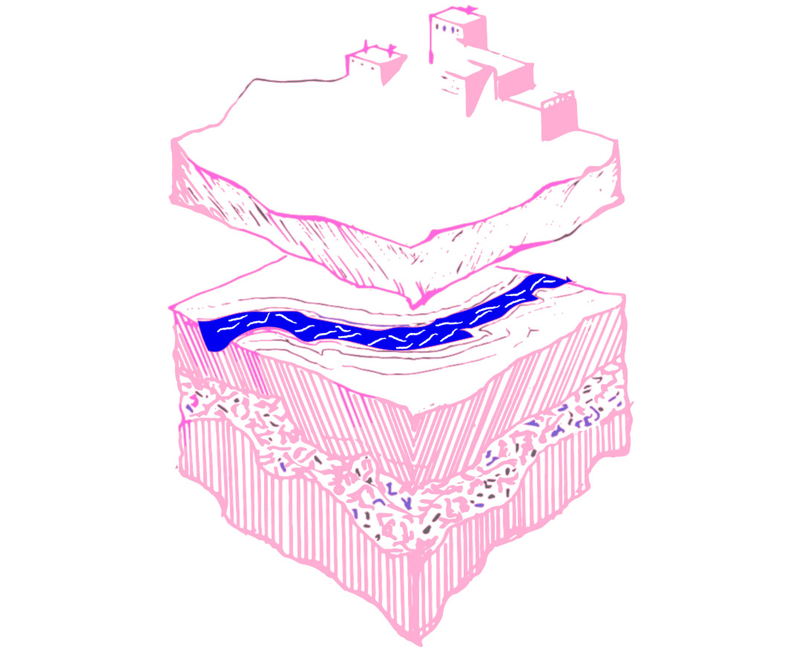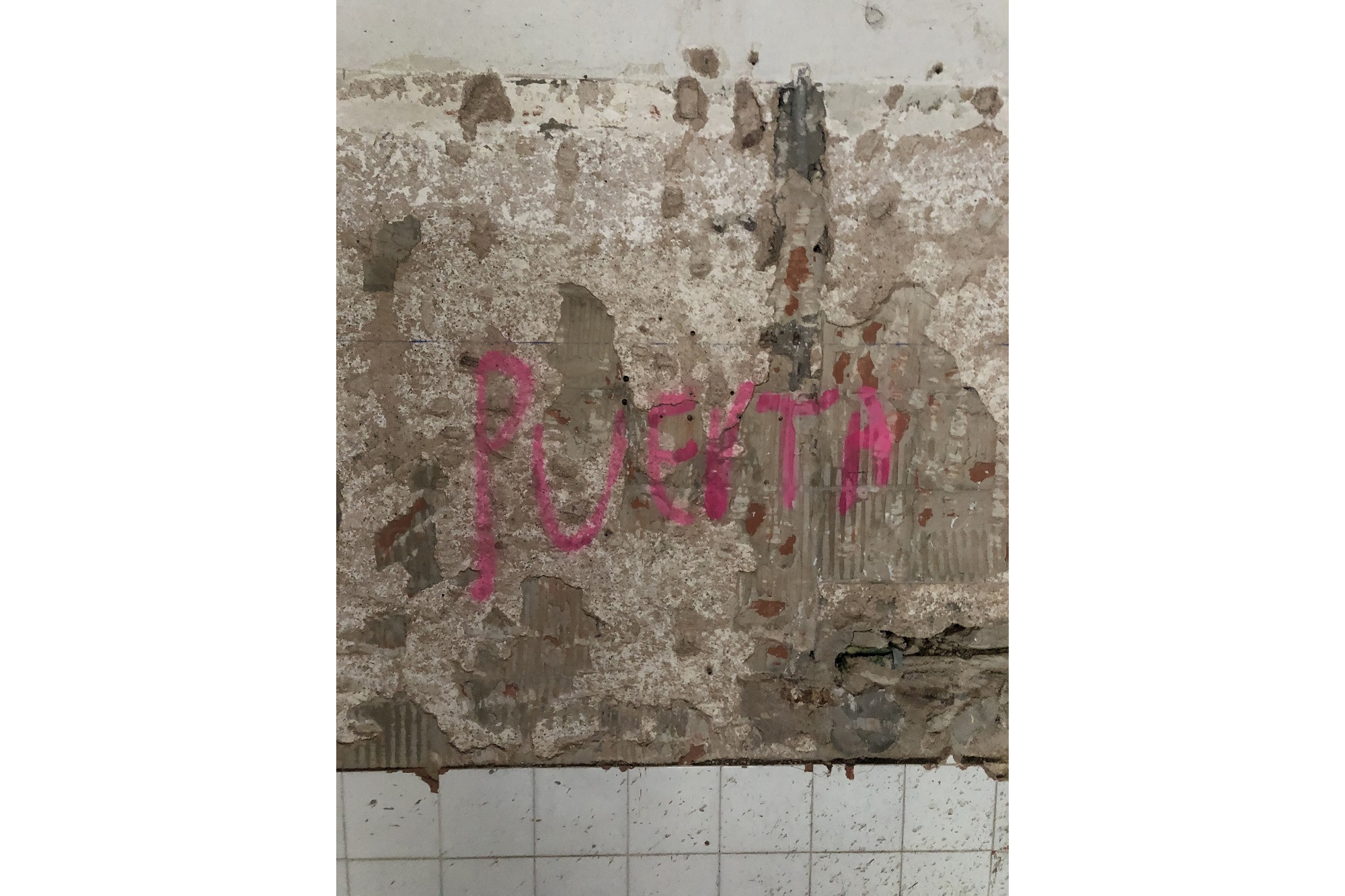Gentle fold, slow cooked is an exercise that revolves around pausing. Targeted at families who visit the Museo Centro de Arte Dos de Mayo, the activity consists of five sessions where the aim is to transform the museum into a living laboratory by activating the creative role of audiences. In this fortnightly programme, the acts of playing and testing will merge with the institutional space as we harness all three to unlearn haste and slow down time.
Taking the body as the starting point, each session will be articulated around a particular sense, enabling us to approach sight through contemplation, touch through creation, smell through memory, taste through food and hearing through expecting. The proposed variations of the senses will give us tools to embrace resting and a type of non-productive action in a creative manner.
The programme will close with a final collective gathering where we will pool our shared experiences and discoveries.
PROGRAMME
- Slow blinking. Saturday, 4 October: 5.00–7.00 pm
Contemplation—SIGHT—as a break with productivity and work. Observing without expectation, being open to surprises and chance encounters: to the plant growing between the cracks in the pavement or the cloud shaped like an ostrich.
- Drawing. Saturday, 18 October: 5.00–7.00 pm
Making—TOUCH—through play and repetition, as a creativity wake-up. Making something that serves no purpose and defending its uselessness. Making and unmaking. Playing with the scraps.
- Caressing and cuddling. Saturday, 8 November: 11.30–1.30 pm
Memory—SMELL—as roots, collective imagination and belonging. Poking our little noses through the cracks of time. How do smells connect us to recollections?
- The fold on the table. Saturday, 15 November: 11.30–1.30 pm
Eating—TASTE—as a facilitator of spaces for gathering and interpersonal development. Sharing. Everyone with their own history and their own way of breaking bread.
- Ssssssssshhhhhh. Saturday, 29 November: 11.30–1.30 pm
Expecting—HEARING—as an active listening exercise and concentration game. The pretext for exposing ourselves to other narratives and other lives in resistance. What do your ears hear while you take a nap?
- The last best night. Neither the last, nor the best, nor at night. Vol. III. Saturday, 13 December: 5.00–7.00 pm
A drop-in session, open to anyone who wants to come and share the discoveries made during the programme. A collective closure to pool shared experiences and the lessons learned along the way.
This programme is conceived as a shared itinerary. When assigning places, we’ll therefore give priority to families that can join us for most of the sessions. We want to create a group that grows together, discovering and enjoying every gathering.
Registrations through the online form.
Regarding ages, if your family includes little ones, they are welcome to join us. We’ll do our best to make them feel comfortable and share this creative space with them.
If places become available as the activity progresses, we’ll contact people on the waiting list to find out if they are still interested in signing up.
POMPA is a collective management, curating and cultural creation project developed by Mara Sannia and Irene Aguilera Martín. Exploring the activation of enjoyment through pausing and resting, it was founded as a self-management initiative in 2021 with the aim of using management and cultural mediation tools in creative and art production processes through slow, situated rhythms. In addition to continuing their practical research on resting as a tool and creative trigger, Mara and Irene pursue the creation of new spaces for production, encounters, exhibitions and celebrations, spaces that are critical and reflective as well as unhurried and accessible.
CAPACITY: 25 PEOPLE. If spots become available as the event progresses, we'll contact anyone still interested in joining through the waiting list.
Soft Fold, Slow cooked is a five-session series aimed at families where the body, play, and senses invite us to stop, explore, and create without rushing.
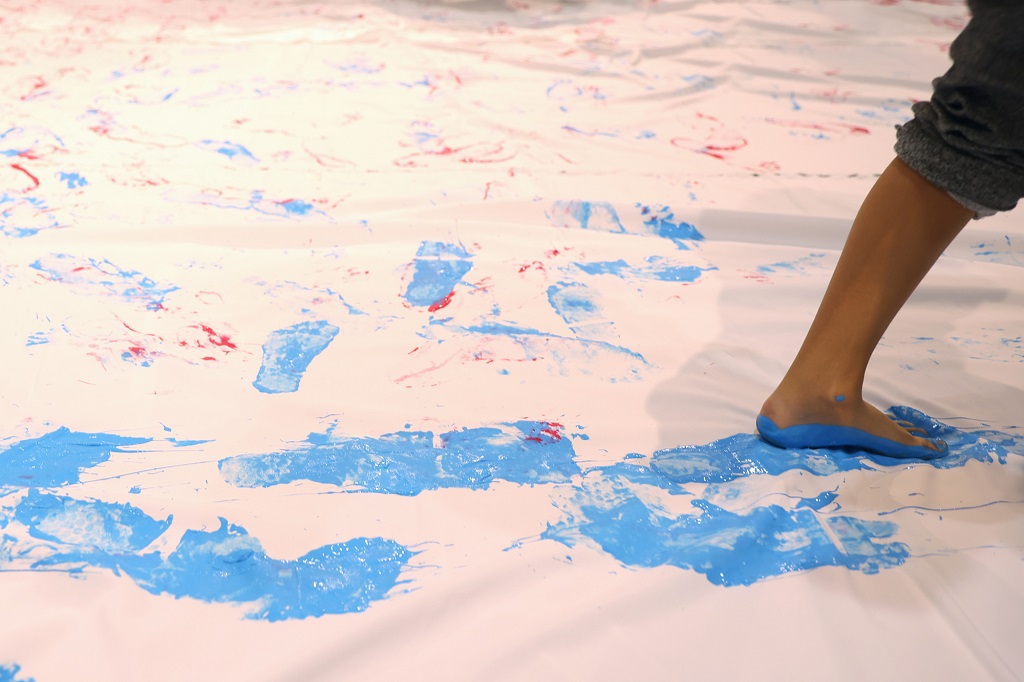
Picture: Lucía Amor, 2024. Courtesy of the artist.

